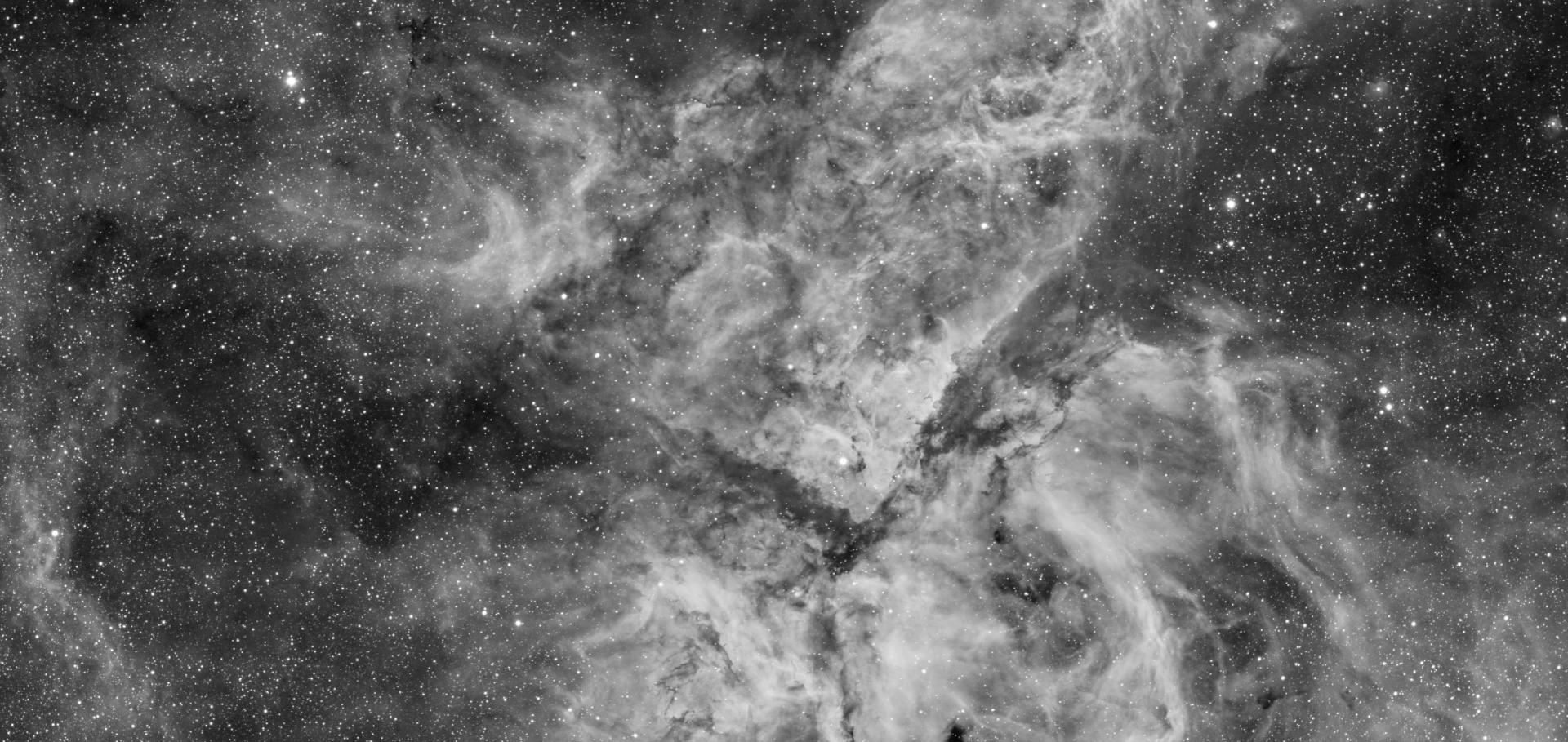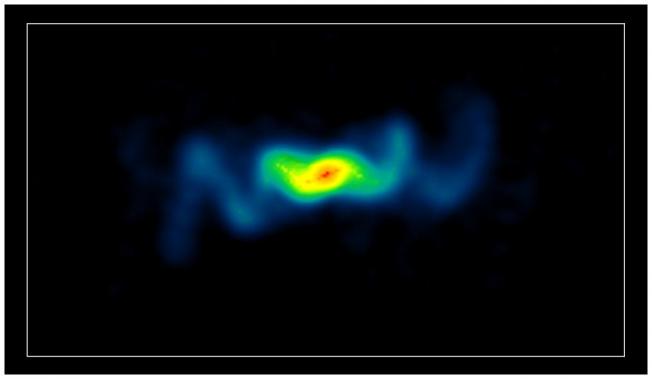Shocks, plasma instabilities and undisturbed flows in parsec-scale jets
ASTR SOC P 250 (2002) 195-199
Abstract:
We discuss the relative contributions made by shocks, plasma instabilities and undisturbed flows to the emission and dynamics of compact, extragalactic jets. We summarize recent, in-depth studies of the jets in 3C 273 and 3C 345 and show that interpretation of these result calls for a new paradigm for the parsec-scale jets. Contrary to the commonly accepted views, the observed properties of the jets in these objects indicate that extragalactic jets remain relatively undisturbed on scales of similar to1-10 parsec. Farther on, on scales of similar to10-100 parsec, Kelvin-Helmholtz instabilities become the main contributor to the observed emission and kinematic changes. Relativistic shocks appear to be gaining prominence only on larger, sub-kiloparsec scales.Simulations and observations of cocoon morphologies
ASTR SOC P 250 (2002) 315-318
Abstract:
Numerical simulations suggest that, depending on, the jet parameters and on the properties of the external medium, two radically different morphologies for the lobes of extended radio sources can be expected. Analysis of maps of FRII radio sources shows that indeed such a dichotomy is reproduced in real radio sources: their lobes display either a "spearhead" or a "fat" morphology, characterised by the lobe aspect ratio. It therefore appears possible to derive information on the jet physical parameters from the radio lobe morphology.Simulations of relativistic jet formation in radio sources
ASTR SOC P 250 (2002) 10-21
Abstract:
Radio galaxies and quasars produce collimated, relativistic flows with. Lorentz factors of at least 15. It is generally believed that such flow Velocities indicate that jet acceleration and collimation occurs in the relativistic environment of a supermassive black hole. Recently, several groups around the world have begun to test theories of jet formation using magnetohydrodynamic (MHD) simulations of magnetized gas flow around black holes. This paper reviews the field of simulations of MHD jet formation, with an emphasis on producing the observed jet speeds and on the role that black hole angular momentum might play. Jet speeds are expected to be of order the escape velocity in the jet-formation region (bulk Lorentz factor similar to 2.4 if in the ergosphere of a rotating black hole), but could be potentially much higher if rapid acceleration can occur near the hole in less than a dynamical time. Transient simulations often produce tightly-collimated jets, but in a steady state jet collimation is generally quite slow and broad. Regardless of the source of the rotational energy powering the jet (accretion disc or black hole spin), the total jet power should be proportional to the black hole mass and the accretion rate. When the type of accretion disc is taken into account, it is shown that the most powerful jets should occur when the black hole is rotating rapidly and when the accretion disc is geometrically. thick and hot. The implications of this modified spin paradigm for explaining phenomenological properties of both supermassive and stellar mass black hole systems is discussed.Size-luminosity scaling and blazar unification
ASTR SOC P 250 (2002) 104-108
Abstract:
Reverberation mapping of radio-quiet active galactic nuclei (AGN) has shown that the size of the broad line region (BLR) scales with the power of the source. We assume that this scaling also applies to blazars. We demonstrate that, according to this scaling, the inverse Compton (IC) losses are dominated by synchrotron - self Compton scattering (SSC) in weak sources like Mkn 421, while in powerful sources, like 3C 279, they are dominated by external Compton (EC) scattering of BLR photons. We also show that this scaling is in good agreement with the observed sequence of blazar, properties with luminosity.Spectral ageing: a new age perspective
ASTR SOC P 250 (2002) 363-371



